Quiz: What Are My Pronouns?
○ DISCLAIMER
The quizzes and content on this website are designed for entertainment purposes only and should not be used as a basis for making personal decisions about your sexuality, gender identity, or any other life choices. These quizzes are not diagnostic tools and cannot determine your identity or orientation. If you're questioning your identity or need support, we strongly encourage you to seek guidance from qualified LGBTQ+ friendly professionals or counselors. Remember that your journey of self-discovery is unique and personal to you.
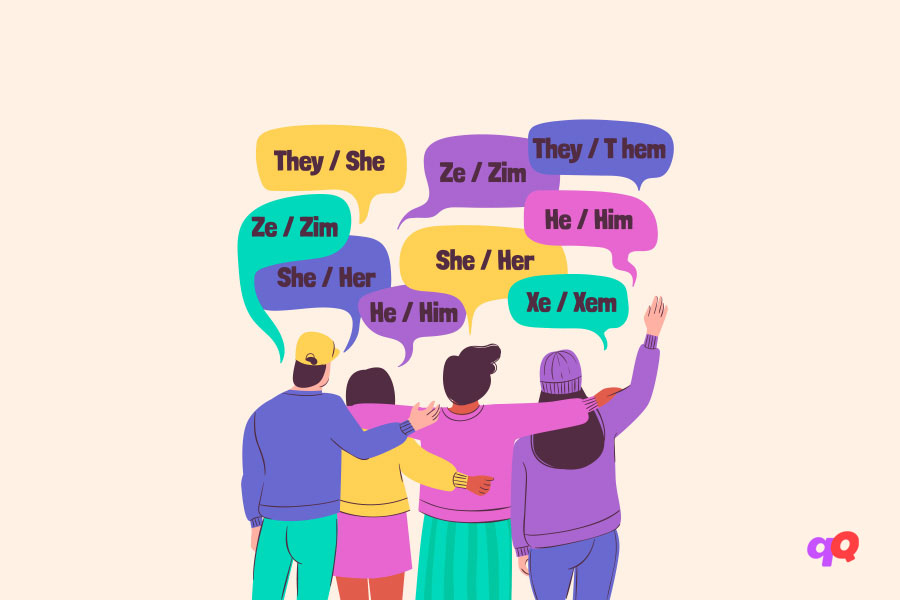
Picture this: you meet an old friend after years apart. They look different, sound different, and when someone refers to them as “she,” you freeze. Language, which seemed so simple and straightforward, suddenly becomes a minefield of awkwardness. Sound familiar? Welcome to a world where pronouns aren’t just a grammatical category, but a key to understanding human identity.
What Are Personal Pronouns and Why Do They Matter?
Pronouns are linguistic chameleons. In school, we learned they’re words that replace nouns: he, she, they. Simple grammar, right? But behind this simplicity lies an entire universe of human experience.
From a neurolinguistic perspective, pronouns activate entire networks of associations in our brain. When we hear “she,” our brain instantly constructs an image: femininity, certain social roles, expectations. This happens in milliseconds, unconsciously. Research shows that misusing someone’s pronouns activates the same brain regions responsible for processing physical pain – that’s why it matters so much.
Different languages handle pronouns differently. Turkish has a universal “o” for all genders. Finnish uses “hän.” Swedish introduced the gender-neutral “hen” in 2015, joining “hon” (she) and “han” (he). Meanwhile, English speakers have been creatively using singular “they” for centuries.
Fun fact: Shakespeare himself used singular “they.” “There’s not a man I meet but doth salute me / As if I were their well-acquainted friend,” he wrote in “A Comedy of Errors.” So debates about the “grammatical incorrectness” of they/them pronouns are more about conservatism than linguistics.
What Is This Quiz About?
Our quiz isn’t a grammar test. It’s a self-discovery tool built at the intersection of psychology, sociology, and linguistics. We’re not trying to box you in or slap labels on you. Instead, we’re helping you find language to express what you might already feel.
The quiz methodology is based on contemporary research in gender identity. We don’t analyze what clothes you wear or what music you listen to – those are stereotypes. Instead, we focus on your internal sense of self, how you perceive your identity in a social context.
The quiz works like a mirror. It reflects what’s already within you, helping you see it more clearly. It’s like tuning a musical instrument – we help you find the note that resonates specifically with you.
Signs We Relied On When Creating the Quiz
In creating this quiz, we relied on three key dimensions of identity:
- Internal Self-Perception
This is the deep feeling of who you are. It doesn’t depend on external factors – clothing, behavior, interests. It’s that elusive “self” that remains constant even when everything around changes. Some describe it as a “gendered soul” – a controversial metaphor, but an understandable one. - Social Presentation
How do you want others to perceive you? This isn’t about masks or pretense. It’s about authentic self-expression in social spaces. Some feel comfortable in traditional gender roles, others outside them, and still others in constant movement between them. - Linguistic Comfort
Which words make you feel “yes, that’s me”? Language isn’t just a collection of sounds. It’s a tool for creating reality. When someone uses the right pronouns, it creates a sense of visibility, recognition, existence.
We also considered cultural context. What works in one culture might not work in another. For instance, some Indigenous cultures recognize “two-spirit” people – those who embody both masculine and feminine spirits. In Indian culture, there are hijras – a recognized third gender. Our quiz strives to be sensitive to this diversity.
Pronoun Options You Might Get as a Result
- He/Him
Traditionally masculine pronouns. But “traditional” doesn’t mean “limited.” Many people choosing these pronouns are redefining what it means to be a man in the modern world. It can be about strength and protection, but also about vulnerability and care. - She/Her
Traditionally feminine pronouns. Choosing these pronouns isn’t necessarily about pink dresses and makeup. It’s about identifying with the female experience in all its diversity – from warriors to scientists, from mothers to rebels. - They/Them
Gender-neutral pronouns. This is the choice of those who feel outside the binary system or are in the process of searching. It’s been used as a singular pronoun in English since the 14th century, making it both historically grounded and contemporarily relevant. - Ze/Zir
One of several neopronouns created to fill linguistic gaps. Ze (pronounced “zee”) replaces he/she, while zir (pronounced “zeer”) replaces his/her. These pronouns offer precision for those who find traditional options insufficient. “Ze loves zir coffee black” flows just as naturally as any other pronoun once you’re familiar with it. - Xe/Xem
Another set of neopronouns (pronounced “zee” and “zem”). Some prefer these for their complete departure from traditional pronoun sounds. They represent linguistic innovation meeting personal authenticity. “Xe told me xem favorite book” – new sounds for new identities. - Fae/Faer
Inspired by fairy/fey imagery, these pronouns (pronounced like “fay” and “fair”) resonate with those who feel a connection to otherworldly or nature-based identity concepts. “Fae shared faer thoughts on the matter” – for some, these pronouns capture something ethereal that other options miss. - Fluid or Changing
Some people use different pronouns in different contexts or life periods. This isn’t about indecisiveness – it’s about identity flexibility. Like a river that remains a river even while changing course. - Any Pronouns
“Call me whatever feels right” is also a valid position. Some people don’t attach great importance to pronouns, focusing on other aspects of identity.
The Importance of Self-Identification
Philosopher Judith Butler said gender is performative. But it’s not a theatrical performance – it’s performative in the sense of creating reality through repeated actions. Every time we use pronouns, we participate in creating someone’s reality.
Self-identification is an act of radical honesty with yourself. In a world constantly trying to tell us who we are, declaring “no, I know myself better” is revolutionary. Small, personal, but revolutionary.
Neuroscience shows that when our external presentation aligns with our internal sense, cortisol (stress hormone) levels decrease and serotonin levels increase. Simply put – being yourself is good for your health.
But self-identification isn’t just about personal wellbeing. It’s about creating a world where diversity is the norm, not the exception. Where every person has the right to language that reflects their true essence.
Ultimately, pronouns are small words with big meaning. They can become bridges to understanding or walls of misunderstanding. The choice is ours. And this quiz is simply a tool to help make that choice more conscious.
Remember: there are no right or wrong answers. There’s only your truth. And it deserves respect.
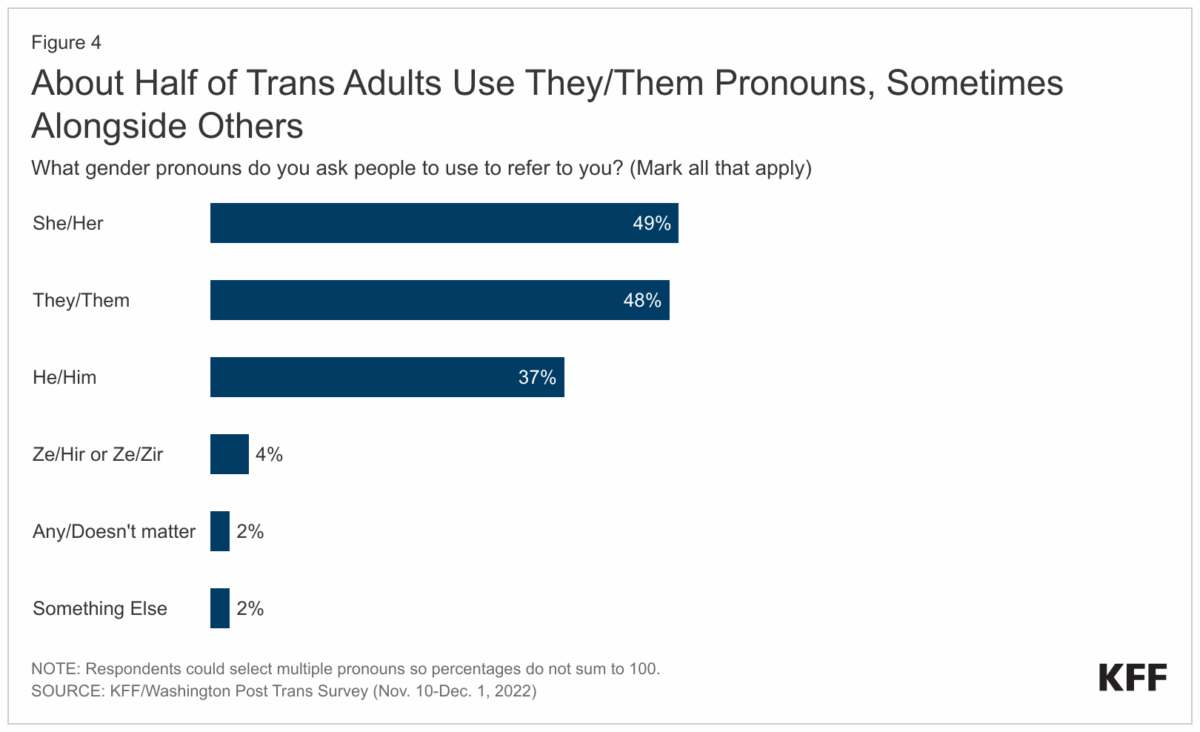
Source: KFF
○ Related Quizzes
Questions Overview
- Politely correct and explain the proper form
- Discuss it with my support group
- Use it as an educational opportunity
- Suggest exploring modern forms of address
- Limited to only 'he/she' options
- Inability to use gender-neutral forms
- Lack of recognition for new gender pronouns
- Technical limitations in digital forms
- Traditional format in bio
- Using hashtags and group tags
- Creating unique descriptive forms
- Experimenting with new display formats
- Confidently state my pronouns
- Appreciate when everyone shares their pronouns
- Use it to normalize different forms
- Propose innovative approaches to introductions
- Support traditional he/she usage
- Advocate for singular they usage
- Experiment with new forms in writing
- Create own literary conventions
- Clear he/she indication
- Multiple options to choose from
- Space for writing any pronouns
- Digital badge with changeable pronouns
- Prefer traditional forms of address
- Support using neutral terms
- Suggest alternative forms of address
- Promote new communication standards
- Classic educational guides
- Group workshops and discussions
- Interactive learning games
- VR simulations and digital platforms
- Through one-on-one personal conversations
- In a circle of supportive friends
- Creating safe spaces for dialogue
- Using modern communication formats
- Using established forms
- Promoting they/them as standard
- Creating new inclusive forms
- Developing digital solutions for inclusivity
- Stick to formal style
- Support group initiative for indication
- Propose flexible signature formats
- Implement automated solutions
- Individual consultations
- Support groups and communities
- Creative spaces for self-expression
- Online platforms and applications
- Adhere to traditional norms
- Promote neutral alternatives
- Create new language practices
- Develop technological solutions
- Through traditional educational materials
- Through group games and activities
- Through creative workshops
- Through educational apps
- Maintaining traditional forms with adaptation
- Transitioning to neutral forms as standard
- Developing new forms of self-expression
- Integrating with digital technologies
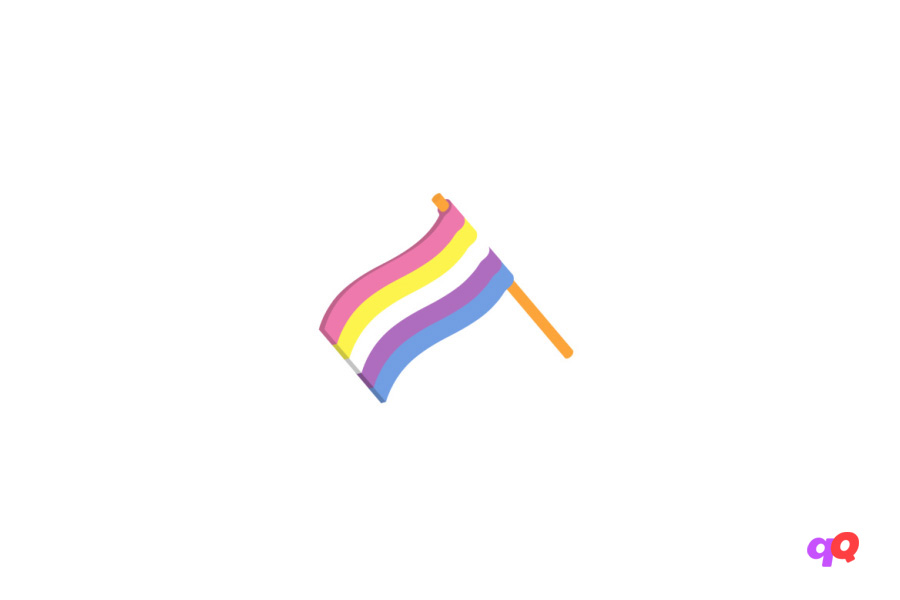

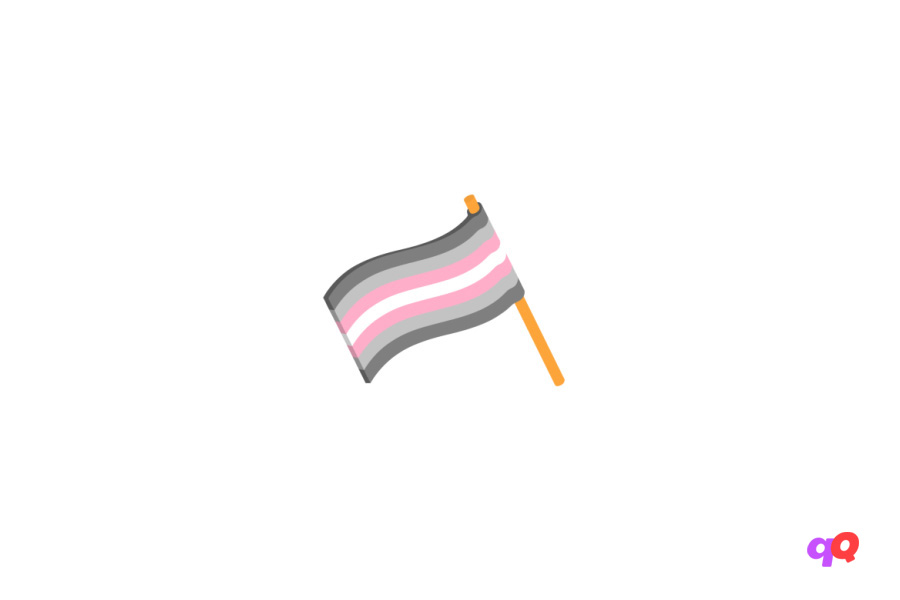

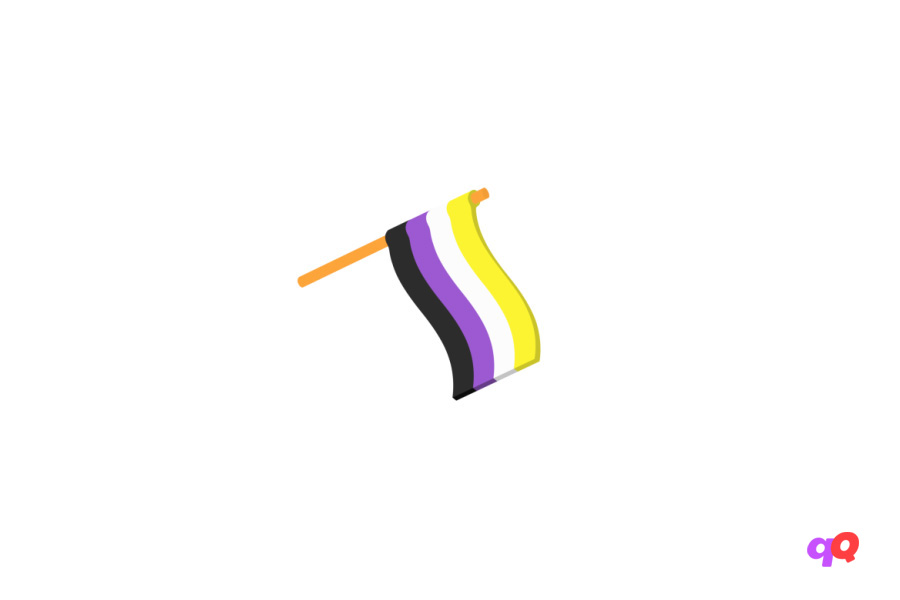
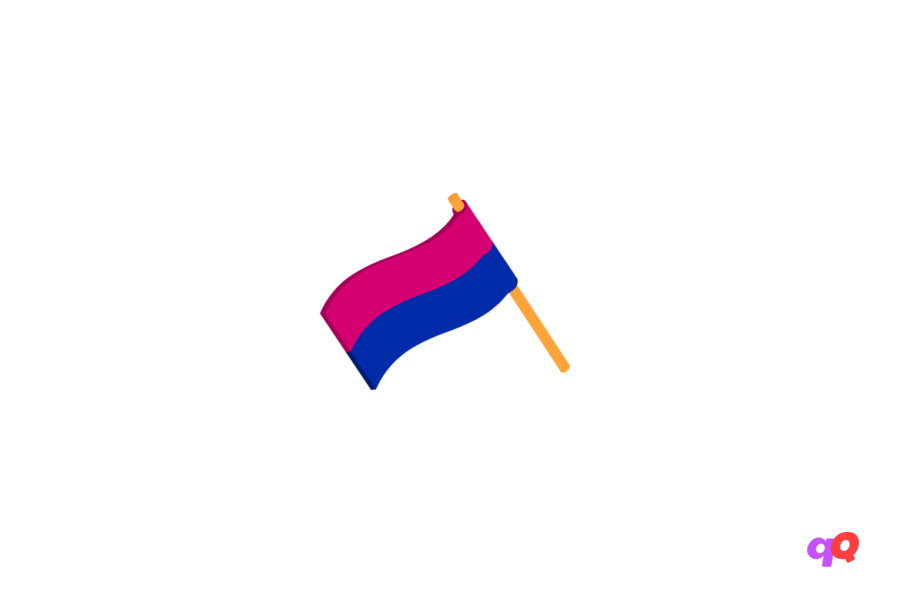
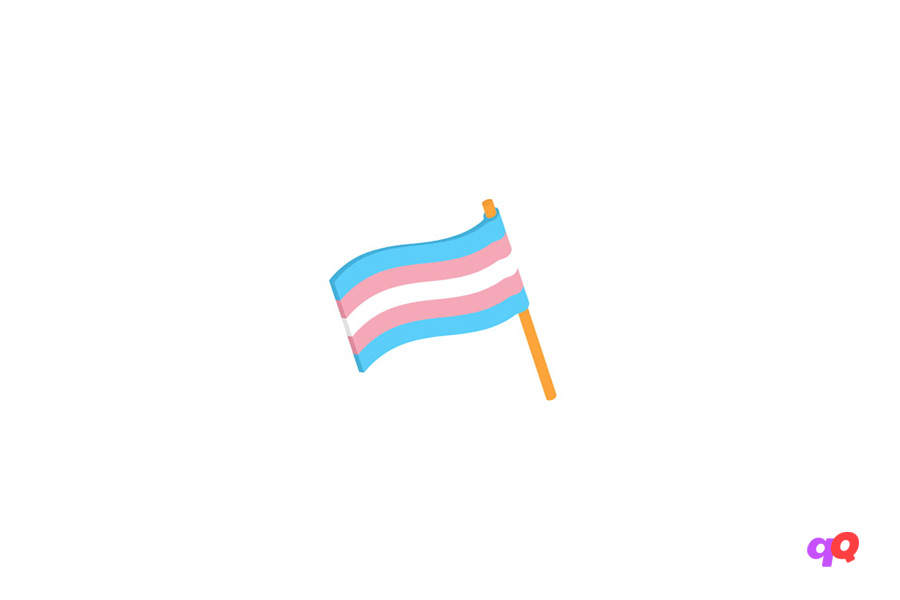

mine said ze/zir, and i do sometimes use those pronouns but i’m genderfluid so not always. some neopronouns overlap with my other, also overlapping pronouns.
I got ze/zer but personally i prefer she/they/it and I will continue using she her until I come out
same! im genderfluid too!
ok, i got they/them
I got xe/xem